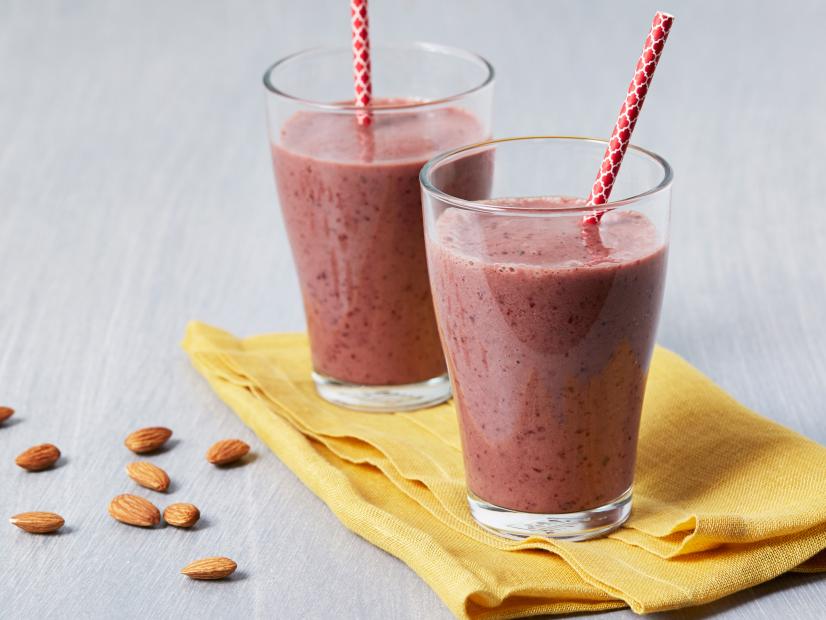Welcome to the vibrant world of smoothie bars, where taste buds come alive, and nutritional goodness awaits! As a smoothie bar owner, one of the key factors in delighting your customers is offering an enticing array of flavors. However, with so many options available, it can be challenging to curate a menu that truly stands out.
Where do you even begin? How about choosing between fresh or frozen fruit? Should you go with just one kind of fruit or mix it up? Or maybe you want to try something new — like adding chia seeds or flax seed meal into your mix? There are so many options that it’s easy for someone who has never run their smoothie bar before to feel overwhelmed by all the choices they have at their disposal.
In this article, we’ll help you explore the criteria for selecting the best smoothie flavors for your smoothie bar, ensuring a memorable and delectable experience for your patrons.
Understanding Your Audience
The first step to creating a successful smoothie bar is understanding your target audience. This will help you determine what flavors they enjoy and what products they will likely purchase. The more you know about who your customers are, the better you can tailor your menu to their specific needs. For example, if you’re planning on offering healthy options like smoothies with fresh fruit and vegetables, then it makes sense to offer different flavors that appeal to both vegetarians and vegans alike.
You may also want to consider catering to specific dietary requirements, like gluten-free or vegan options, for those in your community with special dietary needs. This way, customers will not only get a healthier option than ice cream or yogurt, but they’ll also be able to enjoy their favorite flavor without worrying about any health issues or allergies!
Embracing Variety and Seasonality
When you think about how much variety you can offer your customers, it’s actually pretty impressive. The more options you have for them to choose from, the more likely they are to come back. It makes sense that if you have only one flavor of a fruit, then people will only order it once and never go back again. But if you offer multiple options, they might try something different each time they visit your store.
The second thing is seasonal produce and ingredients. Seasonal fruits and vegetables are always in season, so why not use them in smoothies? If you’re using frozen fruit or frozen yogurt instead of fresh ones, it’s even more important that these ingredients are available year-round instead of just during certain times of the year (like summertime).
And finally, rotating specials and limited-time flavors are another great way to keep customers coming back for more!
Balancing Classic and Innovative Flavors
Popular flavors like banana and strawberries are classic options that work well in any blender. But if you’re looking for something unique, consider experimenting with new flavor combinations like mango-banana or pear-strawberry. If none sound appealing, go with a lighter fruit like kiwi or blueberry. And don’t forget about herbs! Herbs give dishes an extra layer of nutrition without adding too much bulk.
Prioritizing Quality Ingredients
When you’re creating a smoothie bar, it’s essential to make sure that your smoothie ingredients are of the highest quality. Smoothies comprise fruit, vegetables, and sometimes even nuts or seeds. The better the ingredients you use, the better the smoothie will taste.
The ingredients should be organic, if possible. Organic produce is free from pesticides and herbicides, which means it has more nutrients than conventionally grown crops. Organic foods also have lower levels of sodium and unhealthy fats like trans fats and partially hydrogenated oil (known as trans fats).
If you can’t find organic products where you live, try to purchase them online or locally in your area. Some grocery stores have “locally grown” signs on their products that indicate they were grown within a certain radius of their store location. If this is not an option for you, then look for organic products at your local farmers market or co-op.
Creating an Engaging Menu Experience
A smoothie bar menu is no different than any other menu: it should be easy to navigate and simple to understand. The first thing customers will do when they enter your store is look at the menu, so you don’t want it to be confusing or hard to read.
Make sure all ingredients are clearly labeled on their cup or container. This helps customers know what they’re getting in each drink and makes it easier for them to match up ingredients with their drinks (for example, if you offer seasonal flavors in cups that change throughout the year).
Use color coding and bold font when appropriate. Color coding is beneficial because it helps people find what they’re looking for quickly and easily (for example, green for fruit-based smoothies and red for vegetable-based smoothies).
Bottom Line
Crafting an exceptional smoothie experience is an art form that involves understanding your customers, embracing variety, and maintaining a commitment to quality. By following the tips outlined in this article, you’ll be well on your way to creating a smoothie bar menu that entices and delights customers, ensuring their loyalty and satisfaction.
So, go ahead and dive into the realm of flavor exploration, and watch your smoothie bar flourish as a hub for delicious and nutritious delights!

